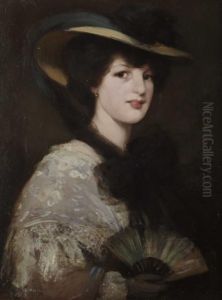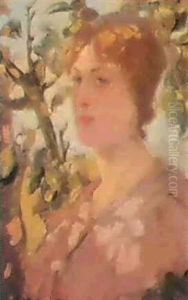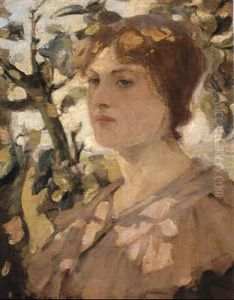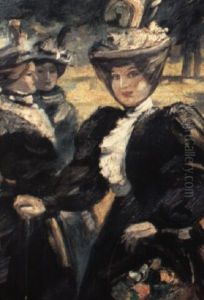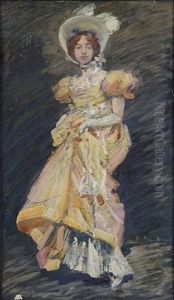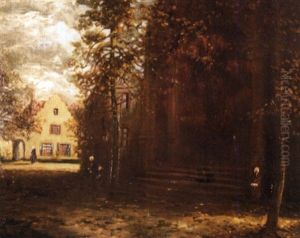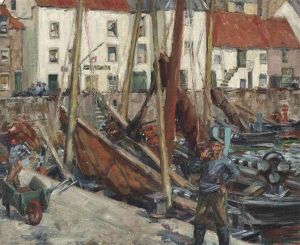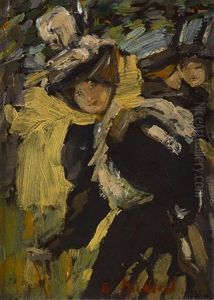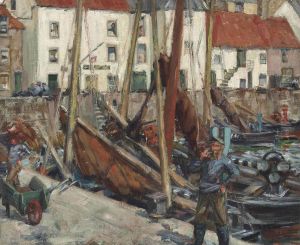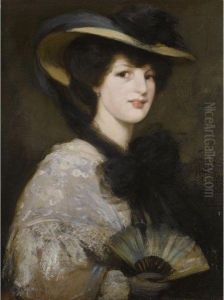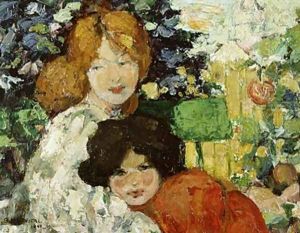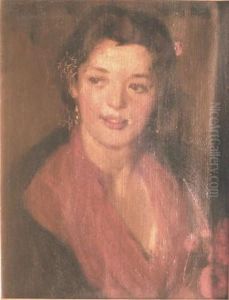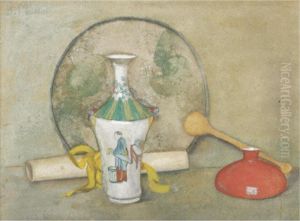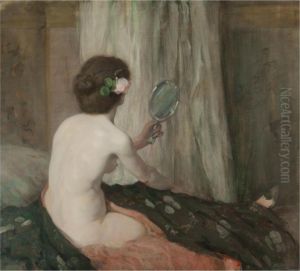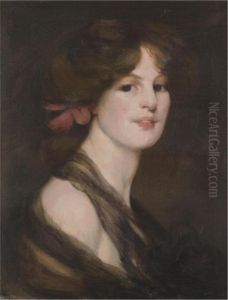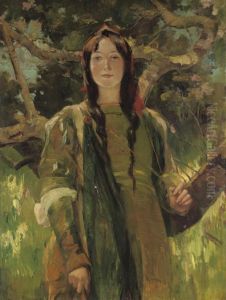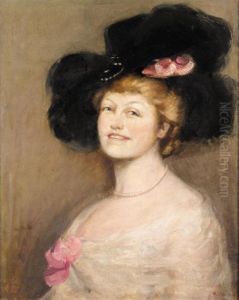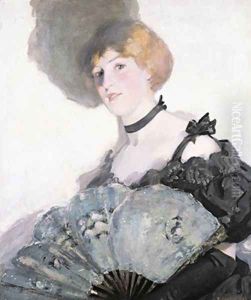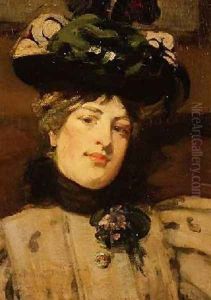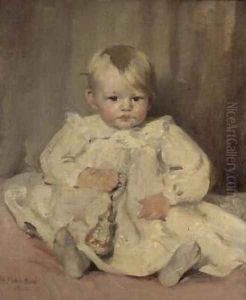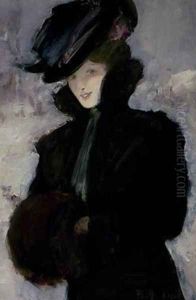Bessie MacNicol Paintings
Bessie MacNicol was a significant figure in Scottish art, particularly known for her role in the Glasgow School movement at the turn of the 20th century. Born in Glasgow, Scotland, in 1869, she displayed a strong inclination towards art from an early age. MacNicol pursued her art education at the Glasgow School of Art, where she was influenced by the Glasgow Boys and the broader European movements of Impressionism and Post-Impressionism. Her style is often characterized by its vibrant use of color, light, and a distinctive blend of realism and symbolism, which she adeptly applied to portrayals of women and landscapes.
After her studies in Glasgow, MacNicol furthered her education and artistic development in Paris, a common practice among artists of her time seeking to immerse themselves in the avant-garde circles of European art. Her time in Paris significantly impacted her work, as seen in the looser brushwork, lighter palette, and the spontaneous quality of light in her paintings post-Paris.
Returning to Glasgow, MacNicol became an active member of the Glasgow Society of Lady Artists, founded in 1882, serving not just as a platform for her work but also as a significant advocate for female artists in a male-dominated profession. Despite her relatively short life, her work was well received, and she held several exhibitions in her lifetime.
MacNicol's marriage to Hugh MacNicol in 1899 marked a new phase in her life, but it unfortunately also led to a decline in her artistic output. She continued to paint and exhibit, though her health and domestic responsibilities limited her opportunities. Bessie MacNicol's career was tragically cut short when she died in 1904, shortly after giving birth, at the age of 35.
Today, Bessie MacNicol is celebrated as one of Scotland's pioneering female artists. Her contributions to Scottish art are recognized for their role in the development of modern Scottish painting and for paving the way for future generations of female artists. Her works are held in high esteem and can be found in various public and private collections, serving as a testament to her talent and her role in the Glasgow School's artistic legacy.
